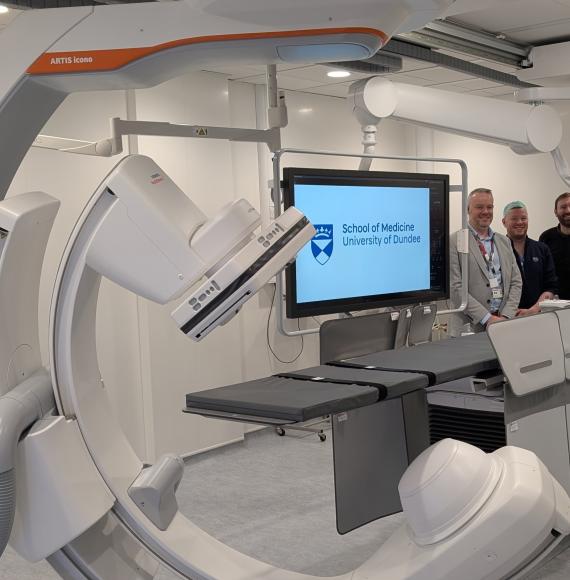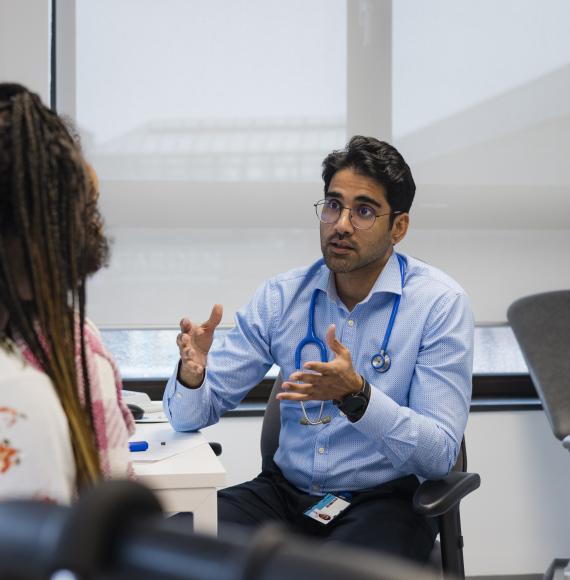Since 2018 there has been a thirty-nine per cent increase in the workforce supporting children and young peoples mental health in England.
There is just shy of 25,000 staff working in children and young people’s mental health across England compared to 14,857 back in 2018 when the census was last carried out, of which the NHS employ around 75% of that, with the rest working in the independent sector.
After the predicted spike in mental health issues due to the pandemic, over 420,000 children were treated in 2020/21, improving the number of children who received help by over 100,000 when compared to three years prior.
As outlined in the NHS Long Term Plan, the government have assured that an additional 345,000 children and young people will be able to access support through mental health services and school or college-based Mental Health Support Teams, by 2023/24. Increasing the workforce further by more than 27,000 people, across a range of specialist roles is also in the NHS Long Term Plan in the hope that access to services and outcomes for children and young people continues to improve.
Dr Navina Evans, HEE Chief Executive, said: “This important snapshot of the CYPMH workforce shows how it has grown since this census was first carried out in 2016, in response to the increasing need and demand for children and young people’s mental health care.
“All the staff who work across the CYPMH workforce have been vital in supporting more children and young people with mental health needs than ever before. It is essential that we continue to invest in education and training to grow the workforce further and encourage people to consider a career in mental healthcare.
“We need to prioritise better access to services and ensuring the CYPMH workforce of today and tomorrow has the right numbers, skills, values and behaviours, at the right time.
“We are also grateful to colleagues across the sector for contributing to this unique primary data collection. This resource will enable us to work collaboratively with key strategic partners to inform education and workforce planning and investments for now and in the future.”



















